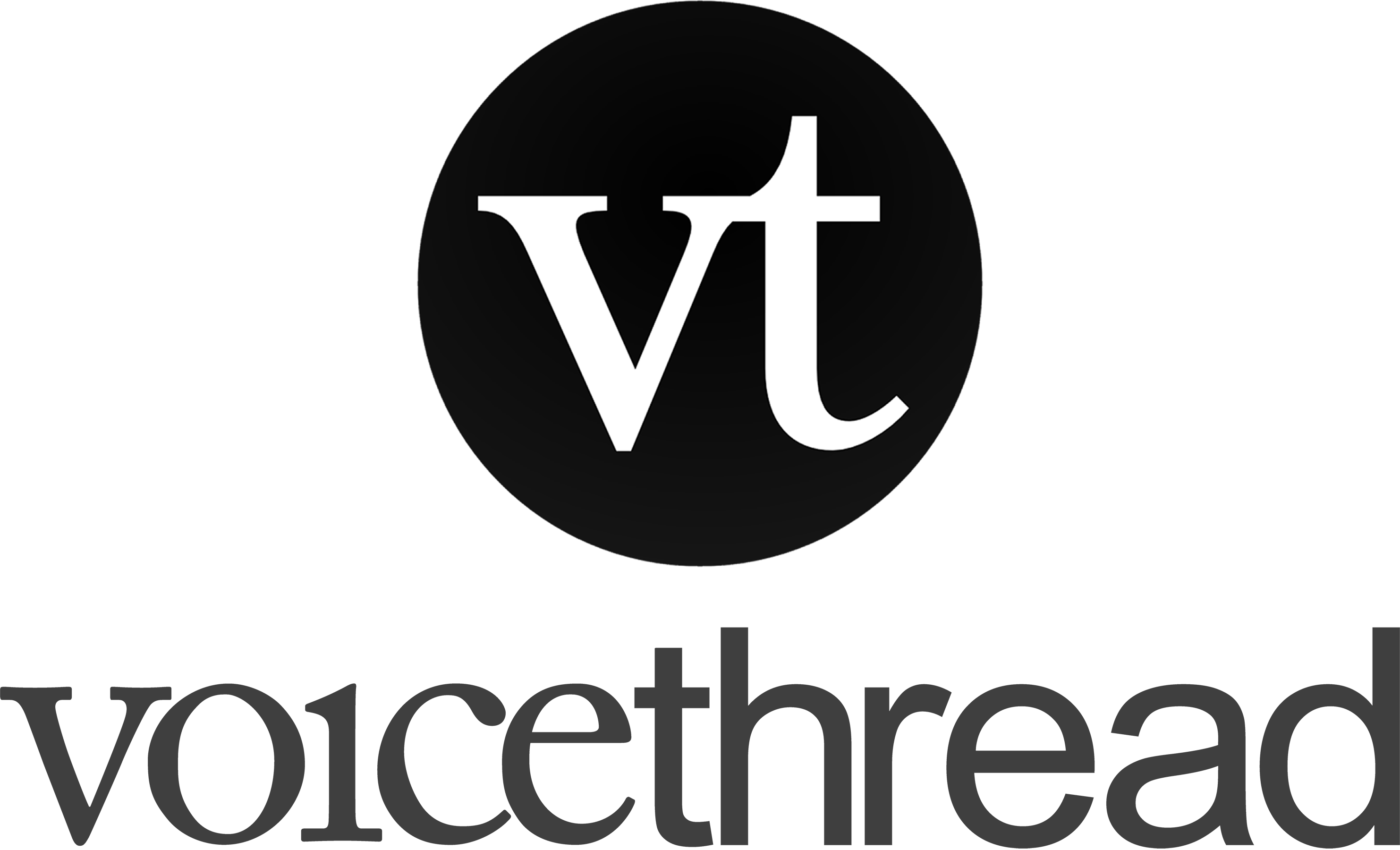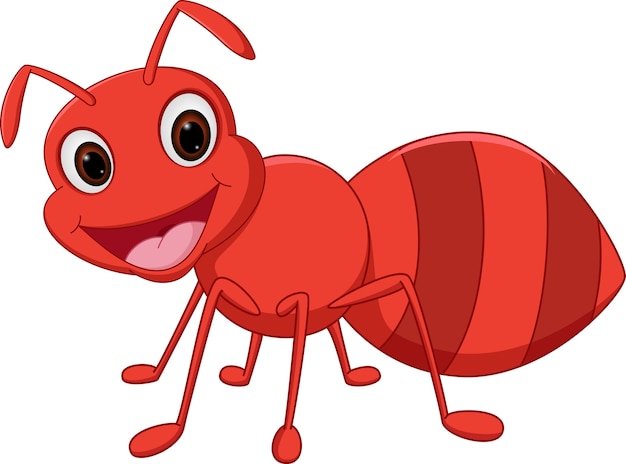Here are some notes that I took on Weathering & Erosion. Check out my
KWHL chart for more!
- Weathering is the process that takes place as rocks and other parts of the geosphere are broken down into smaller pieces.
- Weather can be caused by water, air, chemicals, plants and animals
- Two types of weather: Mechanical weathering and chemical weathering
- Mechanical weathering is the process of breaking big rocks into little ones (frost, ice, sunheat, plants roots and running water)
- Chemical weathering involves changes that some substances can cause in the surface of the rock that make it change shape or color (carbon dioxide, oxygen and acids)
- Erosion is the movement of weathered rocks by natural forces (wind, water or ice)
- Weathering breaks down the rocks and erosion is the process that carries rocks away
- Weathering helps make a mess and erosion helps clean it up
- Moving water is,a major cause of erosion and there’s a lot of moving water in the Atlantic Ocean
- Natural forces like major storms and rising sea levels move or erode these smaller pieces
- Natural forces have the power to change our landscape by weathering, erosion and deposition
- Geologists are known as earth detectives
My Reflection
The HyperDoc project is one way students can learn the 5 steps of inquiry: Engage, Explore, Explain, Elaborate, and Evaluate. I really enjoyed this project and I think that students would absolutely love it because it provides them with a fun and engaging technical experience. This project provided multiple resources for students to use such as videos, interactive sites, graphic organizers, KWHL chart, and lab experiments. These resources allow students to learn through a more visual approach, which I believe increases the participation of students. I myself am a visual learner and as a student myself I learn best when I am provided with visuals, so I think it is important as a future teacher to provide plenty of visual activities to students. I think that the HyperDoc is great way for students to learn. I liked how it's set up in a way where students aren't just given the answers. They have to research on their own to find the answers that they need to complete the project. Overall I loved this project, and I would definitely use it in my future classroom.
Click the following links to look at my KWHL chart, graphic organizers, t-chart planner, and lab experiment report!










